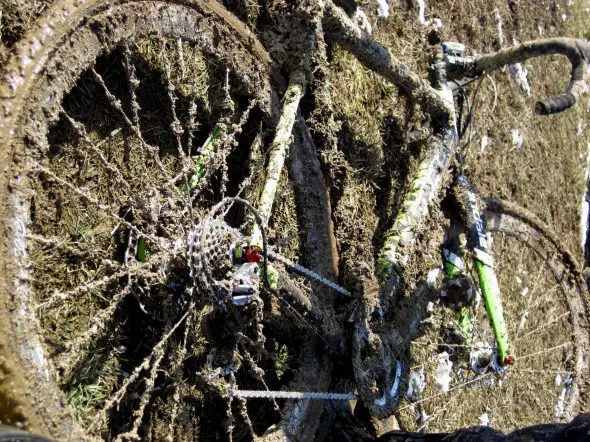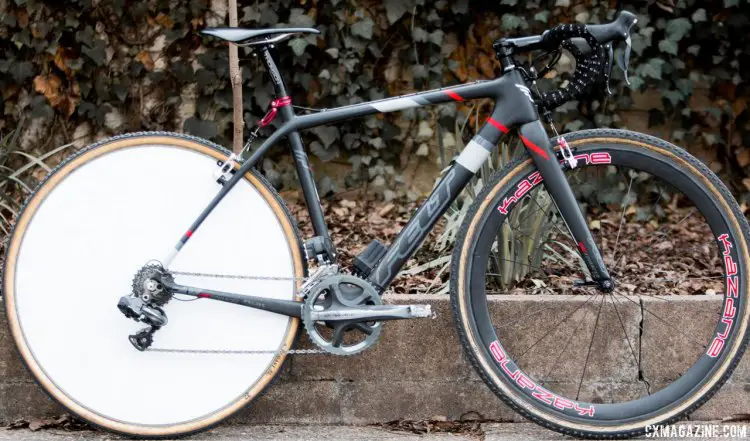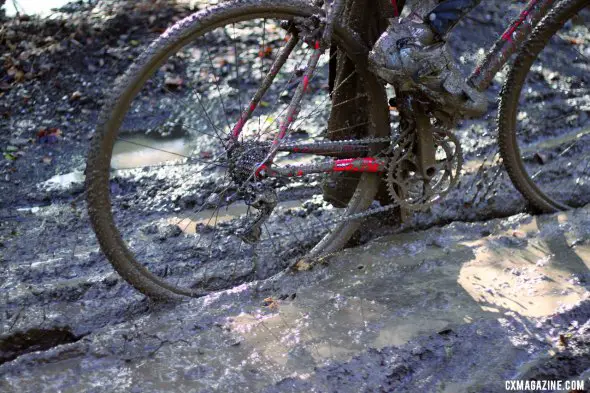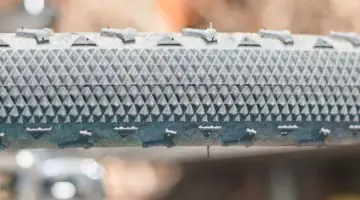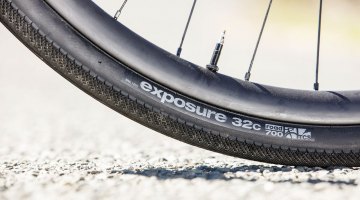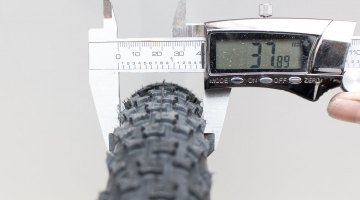Despite the spring weather, if we close our eyes we can almost imagine being at a late fall cyclocross race. Cowbells ringing, people cheering, racers burying themselves to best a friend and the muddy conditions many face racing that time of year.
We get many questions regarding best tires for mud, and a few on best wheels for mud. But we recently heard what may have been a first from Jared in Canada, who is wondering about:
[s]pokes, specifically Sapim CX-Ray’s. Are they the best? Does mud stick to them worse than round spokes? Do they reduce drag coefficient? Does that matter?
We can’t say that we’ve tested any spokes specifically against any other for any specific trait. But we can say that that many wheel builders we’ve spoken to and worked with often recommend Sapim spokes, and specifically the CX-Ray model. Not for the spokes’ ability to shed mud, which we can’t verify, or more aero profile, which Sapim themselves tout as a benefit, but because they are “the best.”
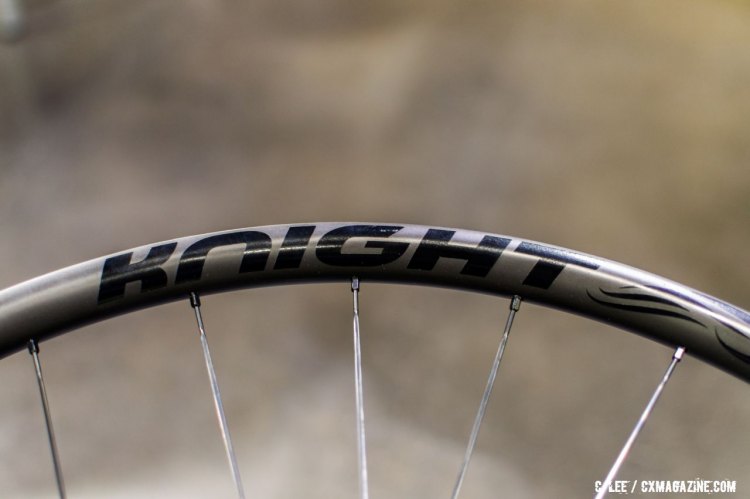
Knight Composites uses Sapim CX Ray spokes on its new 1300 gram tubeless clincher wheelset. NAHBS 2016. © Clifford Lee / Cyclocross Magazine
That opinion is borne from experience building wheels with the spokes and the fact that the CX-Ray is a very strong, but still quite a light spoke, making it well-suited for race wheels, including cyclocross wheels. It also doesn’t hurt that it has CX in the name. Of course DT and Wheelsmith make high quality spokes as well, and the rim, builder and tension are all probably much bigger variables in terms of durability, but it certainly seems like over the last decade the spoke of choice has been the CX-Ray.
As for mud shedding ability, it does stand to reason that a spoke with more surface area is more likely to collect mud than one with less surface area, but the difference between an ovalized and round steel spoke is quite minimal.
Of course, not all mud is equal, and like the numerous words Eskimo’s have for snow, cyclocrossers have just as many for mud. What we’re thinking of here is particularly thick and sticky peanut butter mud, or an icy, muddy mix. In those sorts of conditions, that mud is likely to stick to anything, and more so to larger surface areas. Think back to Masters’ Worlds in Lousiville, Kentucky, in 2013. Course conditions were just right for mud to stick to, well, everything that it could find.
Again, all of that said, we haven’t specifically tested which spokes shed mud the best or collect the least amount of mud. Wheels with wide, flat spokes, like the alloy ones used in Mavic’s higher-end Kysirum wheels or more extreme Mad Fiber or Lightweight wheels seem more likely to collect mud in the right conditions. Consider too the lengths some go to to protect their spokes from mud, like multi-time Masters Cyclocross National Champion Paul Curley, who runs a rear disc wheel.
But while we haven’t specifically tested spokes, we have tested various deep section rims to see if they slice through mud or shed mud better as many claim.
Back in Issue 13 we discovered that deep section wheels shed loose mud better than box section rims and thus keep mud off the bike in general. But there was no real basis for finding that tall rims cut through mud better. [It’s also worth noting that another CXM Labs test in Issue 7 was done to see if deep section rims were better in sand, and they seemed to only add drag.]
Admittedly it’s not an answer to Jared’s specific question. But we think we can extrapolate that spokes with more surface area will not move through mud easier per se. And while they may shed loose mud, wide, flat spokes can actually collect more mud in certain conditions such as those where the mud is a heavy, sticky consistency.
Do you have a Wednesday Wondering of your own? Complete the form below and maybe we’ll answer your question online or in a future print edition of Cyclocross Magazine.













